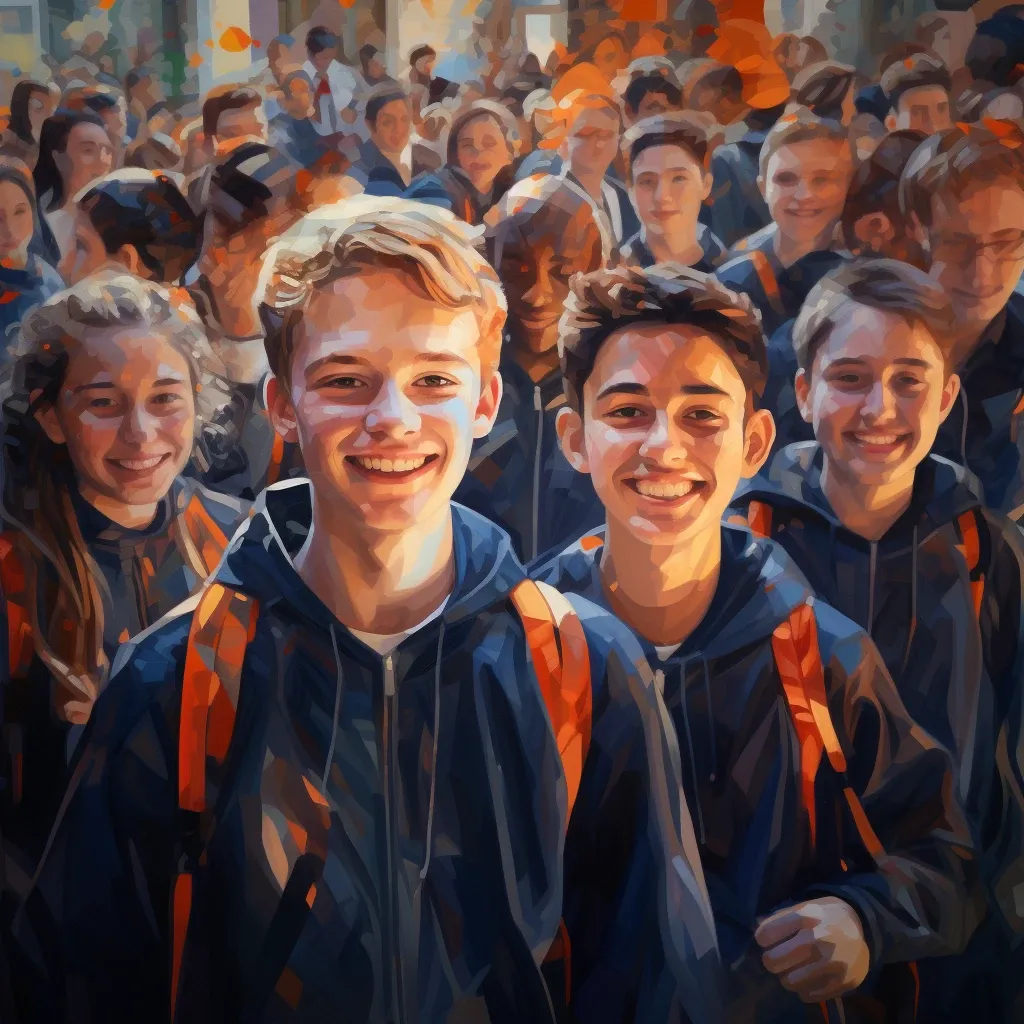As part of my teaching, I occasionally use our own GDPR-friendly version of ChatGPT. In my opinion, students must learn to use and understand technology because it will affect them for the rest of their lives. Although ChatGPT is not designed for teaching, the language model has nevertheless found its way into the Danish school system through the back door, and teachers and students have opened their eyes to the possibilities of technology.
I've set out to do a little unscientific study on how students use ChatGPT and see if I could deduce some patterns. The following has been prepared based on my teaching observations; here, I see a clear division of the students and their use of the language models. One should always be careful not to generalize and put students in boxes, but I still see some traits in the students that are worth paying attention to.
Student type 1 - Student with low technology understanding
For example, this type of student will write "Solve the task" and hope for the best without asking too many questions about the output the language model produces. They will find it difficult to reflect on the content and end up with words, concepts, and content above their professional level. I experience that this type of student often accepts dubious answers from the language models because they cannot see through the academic nature of the content. Knowing the student makes it easy to figure out when the level increases several grades and delivers a university-level text.
The student type does not have the skills to critically assess and apply the response from the language models in a sensible way; thus, technology ends up being a challenge for their learning process.
Student type 2 - The student with intermediate technology understanding
This type of student has a basic understanding of the language models and their limitations. Students use language models to create understanding and understand, for example, how to do chain prompting. They are also aware that the models sometimes hallucinate and thus cannot always trust the content of the language models. They can also correct individual words in the texts so that they sound more like something they have written themselves, and they drag paragraphs into their text because it is difficult for them to rephrase the content in their own words.
In my teaching, I spend a lot of time guiding and supporting them in how they can use technology as a resource.
Student type 3 - The student with a high understanding of technology
This type of student uses advanced prompting strategies and builds on their knowledge for best results. They will pursue the output of the language model and be critical of what it has written, and they can see where there are errors in the text. They understand when we move outside the subject matter used in teaching, and they get help to become even better. It is also interesting that they rarely use what the language model writes because they rewrite it and adapt it with their own words. They deeply understand when a language model can help and when to opt out of the technology.
They are typically very self-driving in teaching and understand how technology can be a valuable resource that can significantly raise their level without language models taking control.
Pupil type 4 - The nervous type
Then, there is one more type of student who never wants to try or use the language models. This is typically because they are terrified of breaking the rules or fear that the language models will negatively affect their learning. In their eyes, it is more important to do the whole thinking for the assignments yourself; meanwhile, other student types use technology.
Refleksioner
The above is a testimony from my teaching. Of course, there are more student profiles than I have described here. However, my observations provide insight into different types of students' approaches to using artificial intelligence. It is important to emphasize that students' use of artificial intelligence does not only reflect their academic proficiency in the specific subject. Instead, it often points to a combination of their professional level and technological understanding. Therefore, it is essential to consider professional knowledge and technical formation when assessing students' interaction with technologies such as ChatGPT.






